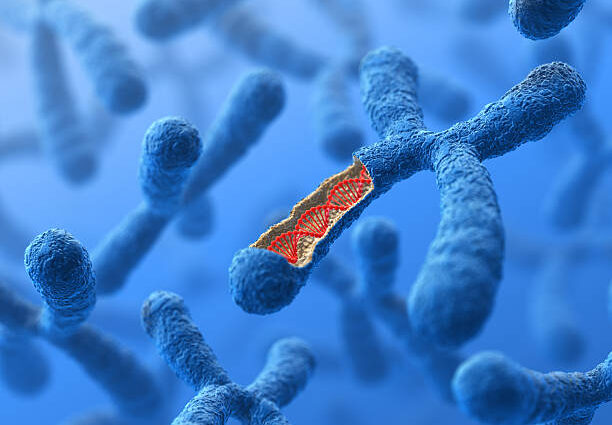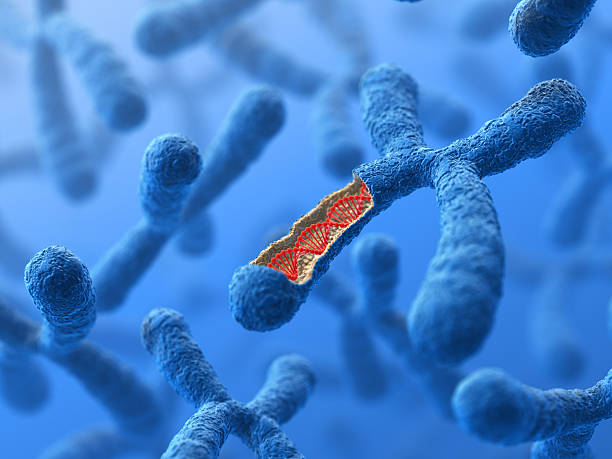
ABSTRACT:
In the article, we will discuss about the discovery of chromosomes(short thread like structure that contain genetic material in highly coiled form). We describe the historical background of the discovery and how it revolutionized the field of genetics, molecular biology and other biological field. Chromosomes contain the genetic material in the form of DNA or RNA in highly condensed form, for instance: the length of DNA is 1100 micrometer, but the diameter of cell is only 1-2 micrometer. So, this shows how much DNA present in the cell in condensed form. We will also discuss about the role of chromosomes in cell division and role of fruit flies in the discovery of chromosomes. This remarkable discovery reveals the complexities of genetic material and life.
INTRODUCTION-DISCOVERY OF CHROMOSOMES:
The discovery of chromosomes stands as one of the most significant milestone in the field of biology. These thread like structures, found within the nucleus of every living cell, contain the genetic information that determines an organism’s characteristics. This groundbreaking revelation has revolutionized our understanding of genetics, heredity and the fundamental mechanism of life itself. In this article, we will dive into the history of discovery of chromosomes, highlighting the key milestones and the scientists who played vital roles in revealing the complexities of life. https://www.nature.com/scitable/topicpage/developing-the-chromosome-theory-164
THE EARLY OBSERVATIONS:
The journey to understanding the chromosomes began in the mid-19th century, when scientists first observed the presence of thread like structures within cells. In 1842, Swiss botanist Karl Wilhelm von Nageli observed these structures in the cells of plants and named them “chromosomes” from the Greek words “chroma”(color) and “soma”(body), due to their ability to be stained and visualized under a microscope.
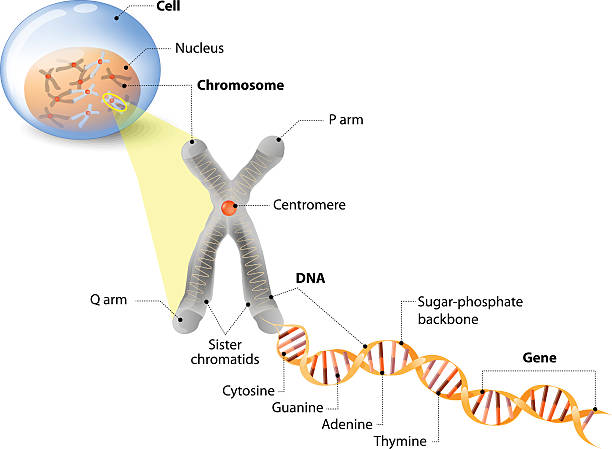
THE ROLE OF CELL DIVISION:
The true significance of chromosomes was not fully realized until the late 19th century when scientists began to study cell division. In 1879, German biologist Walther Flemming made a groundbreaking observation during the process of cell division, which he termed “mitosis.” Flemming noticed that the chromosomes became highly condensed and visible during this process, leading him to propose that they played a crucial role in heredity.
CHROMOSOMAL THEORY OF INHERITANCE:
The true breakthrough in understanding chromosomes came with the formulation of the Chromosome Theory of Inheritance. In 1902, American geneticist Walter Sutton and German biologist Theodor Boveri independently proposed that chromosomes were the carriers of genetic information. They suggested that genes, the units of heredity, were located on chromosomes and that their distribution during cell division explained the patterns of inheritance observed in offspring. https://pressbooks-dev.oer.hawaii.edu/biology/chapter/chromosomal-theory-and-genetic-linkage
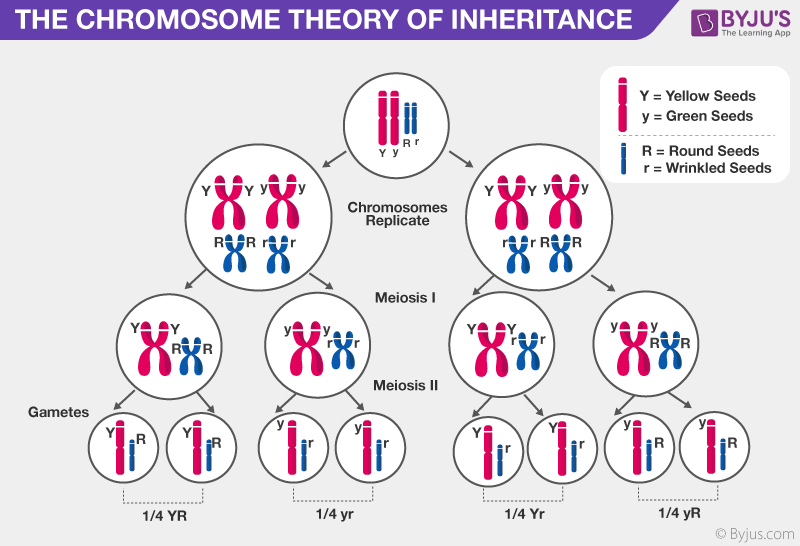
THE ROLE OF FRUIT FLIES-DISCOVERY OF CHROMOSOMES:
The fruit fly, Drosophila melanogaster, played a pivotal role in furthering our understanding of chromosomes. In the early 20th century, American geneticist Thomas Hunt Morgan and his colleagues conducted extensive experiments on fruit flies, which led to the discovery of sex-linked traits. Morgan’s work provided strong evidence for the Chromosome Theory of Inheritance and solidified the role of chromosomes in determining an organism’s traits.
THE DISCOVERY OF SEX CHROMOSOMES:
In 1905, British biologist Nettie Stevens made a groundbreaking discovery when she observed that certain organisms possessed distinct sex chromosomes. She identified the presence of X and Y chromosomes in fruit flies, which led to the understanding of how sex is determined in many species. This discovery further supported the Chromosome Theory of Inheritance and shed light on the mechanisms of sex determination.
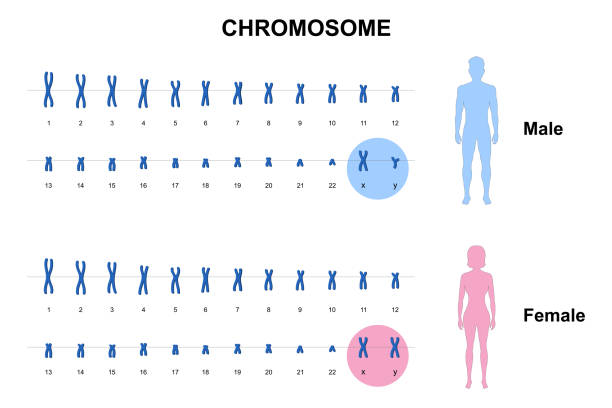
CONCLUSION:
The discovery of chromosomes has been a remarkable journey that has transformed our understanding of genetics and heredity. From the early observations of thread-like structures within cells to the formulation of the Chromosome Theory of Inheritance, scientists have made significant strides in unraveling the mysteries of life. The contributions of pioneers such as Nägeli, Flemming, Sutton, Boveri, Morgan, and Stevens have paved the way for further advancements in genetics and have laid the foundation for modern genetic research.
REFERENCES:
Alberts, B., Johnson, A., Lewis, J., Raff, M., Roberts, K., & Walter, P. (2002). Molecular Biology of the Cell. Garland Science.
Griffiths, A. J. F., Miller, J. H., Suzuki, D. T., Lewontin, R. C., & Gelbart, W. M. (2000). An Introduction to Genetic Analysis. W. H. Freeman.
Ridley, M. (2006). Genome: The Autobiography of a Species in 23 Chapters. Harper Perennial.
Zimmer, C. (2015). The Tangled Bank: An Introduction to Evolution. Roberts and Company Publishers.
Benson, K. R. T. H. Morgan’s resistance to the chromosome theory. Nature Reviews Genetics 2, 469–474 (2001) doi:10.1038/35076532.
Bridges, C. B. Non-disjunction as proof of the chromosome theory of heredity. Genetics 1, 1–52 (1916).
Wilson, E. B. Mendel’s principles of heredity and the maturation of the germ cells. Science 16, 991–993.
Winkelmann, A. Wilhelm von Waldeyer-Hartz (1836-1921): An anatomist who left his mark. Clinical Anatomy 20, 231–234 (2007).

